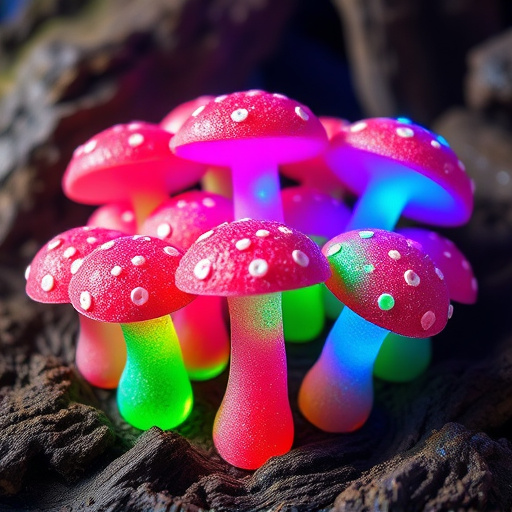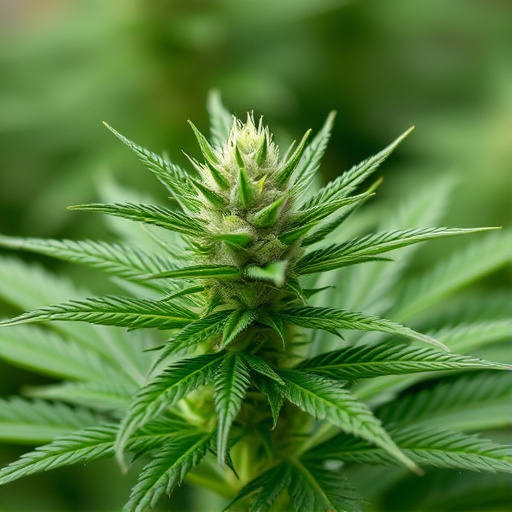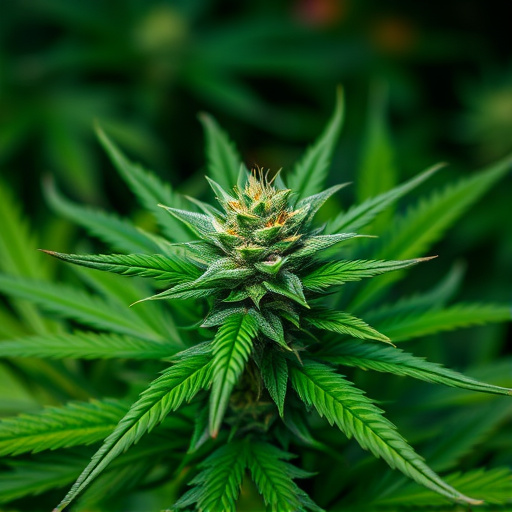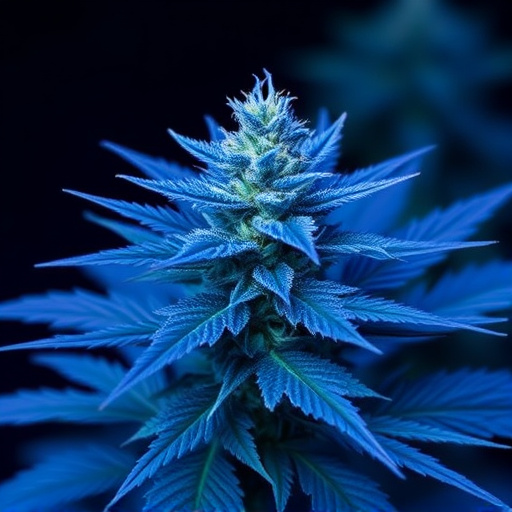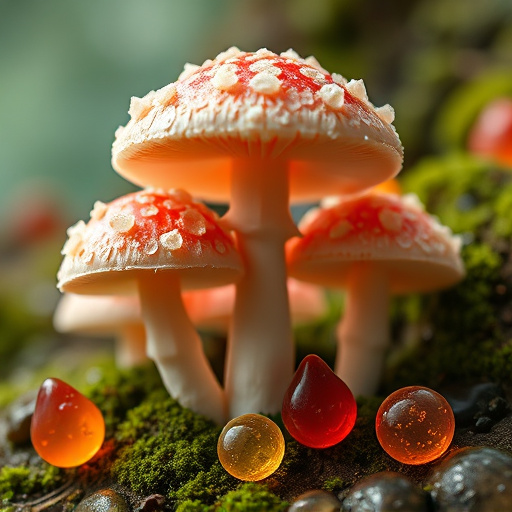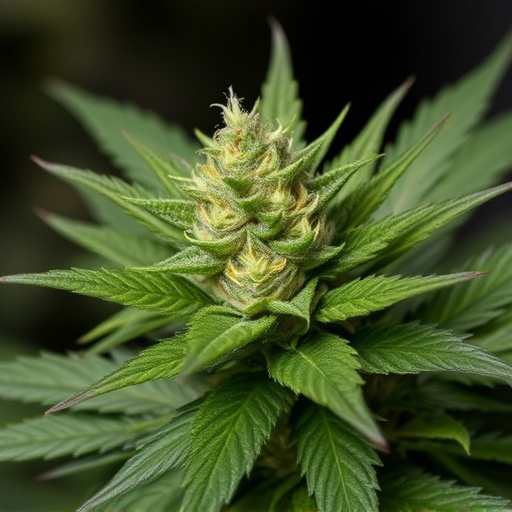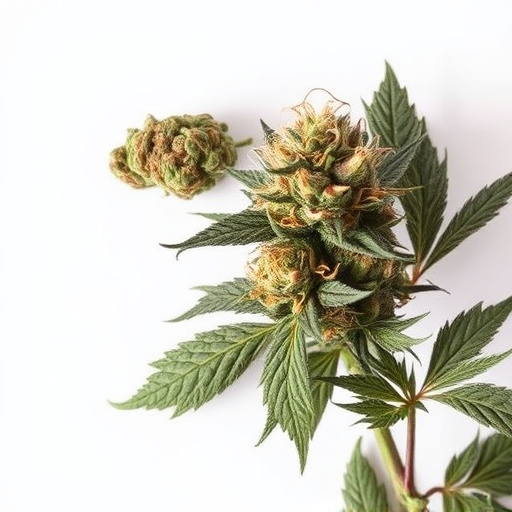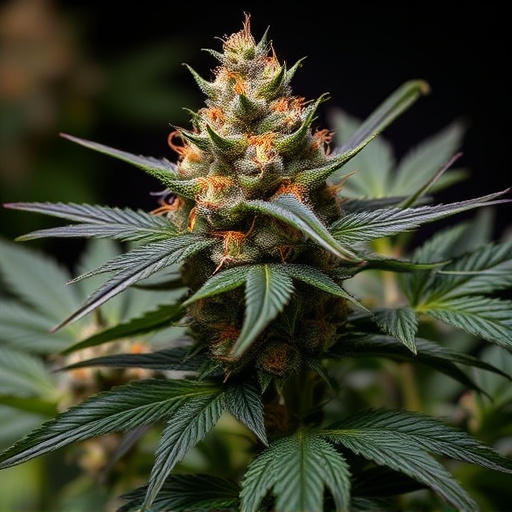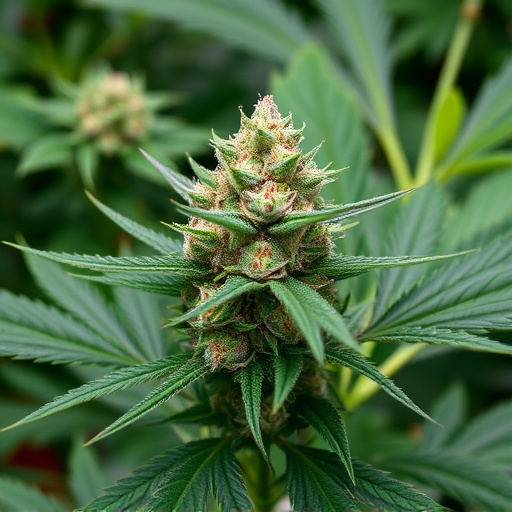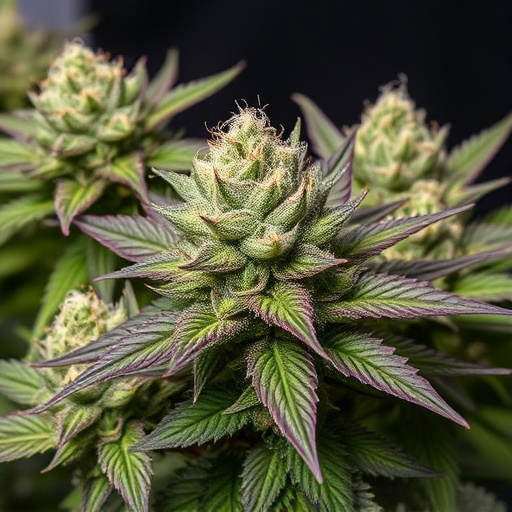Cannabis curing is a vital art that enhances harvested buds' potency and flavor through controlled drying and aging. This process, similar to aging fine beverages, allows complex chemical transformations, intensifying terpenes and potentially increasing cannabinoids like THC and CBD. For hybrid weed strains, curing is essential as it enables cultivators to create unique combinations of traits, showcasing the plants' diverse genetic potential. Proper curing offers increased potency, enhanced sensory experiences, and better therapeutic benefits, making it crucial for medical cannabis varieties.
“Discover the surprising impact of curing on cannabis flower potency. While many believe curing enhances flavor and aroma, its effect on cannabinoid production is a topic of growing interest. This article delves into the science behind plant cannabinoid synthesis, exploring how curing influences hybrid weed strains’ composition and potential benefits. By understanding the curing process, cultivators can optimize their harvests, ensuring top-quality cannabis products.”
- Understanding Cannabis Curing and Its Impact on Potency
- The Science Behind Cannabinoid Production in Plants
- Exploring the Effects of Curing on Different Hybrid Weed Strains
Understanding Cannabis Curing and Its Impact on Potency
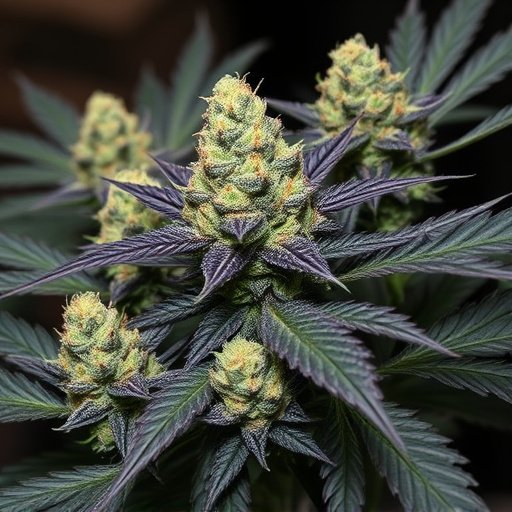
Cannabis curing is a process that involves slowly drying and aging harvested cannabis flowers, known as buds, to enhance their potency and flavor profile. This meticulous practice is akin to aging fine wine or spirits, where time plays a pivotal role in developing complexity and desirability. Curing allows for the gradual evaporation of moisture from the delicate plant material, which can significantly impact the overall quality and experience of smoking or consuming cannabis.
During curing, essential compounds within the hybrid weed strains, such as terpenes and cannabinoids, undergo subtle transformations. Terpenes, responsible for the distinctive aromas and flavors, become more concentrated and may even develop new characteristics over time. Cannabinoids, like THC (tetrahydrocannabinol) and CBD (cannabidiol), also experience changes in their chemical structure, potentially leading to increased potency and a more balanced profile. This process is particularly crucial for hybrid strains, which offer a wide range of genetic diversity, allowing cultivators to curate unique combinations of traits through careful curing techniques.
The Science Behind Cannabinoid Production in Plants
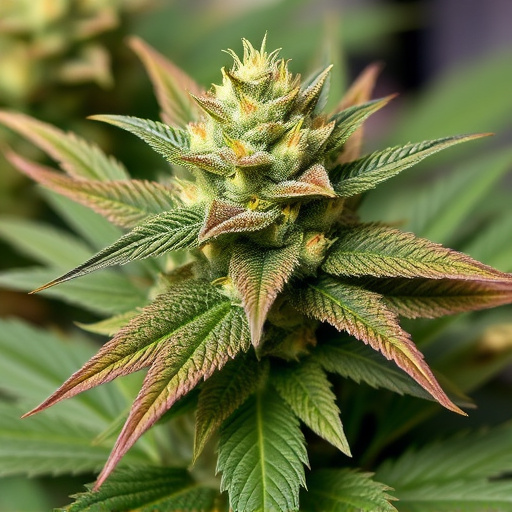
Cannabis plants, much like other flowering plants, produce a diverse range of chemical compounds known as cannabinoids. These unique molecules are responsible for the plant’s distinct aromas, flavors, and therapeutic effects. The process of curing plays a pivotal role in optimizing cannabinoid production, particularly in hybrid weed strains. During curing, which involves drying and storing cannabis flowers under specific conditions, the plant undergoes a series of biochemical transformations. This period allows for the concentration and maturation of cannabinoids, such as THC (tetrahydrocannabinol) and CBD (cannabidiol), enhancing their overall potency.
The science behind this phenomenon is rooted in plant physiology. Curing triggers the cannabis plant to redistribute its resources, shunting more energy into the development of resin glands that produce cannabinoids. This natural process mimics the way growers select and breed hybrid strains for optimal cannabinoid profiles. By controlling curing conditions, including temperature and humidity, cultivators can further influence the final cannabinoid concentrations in the harvested flowers. As a result, properly cured cannabis is not only more potent but also offers a superior sensory experience and therapeutic benefits when consumed.
Exploring the Effects of Curing on Different Hybrid Weed Strains
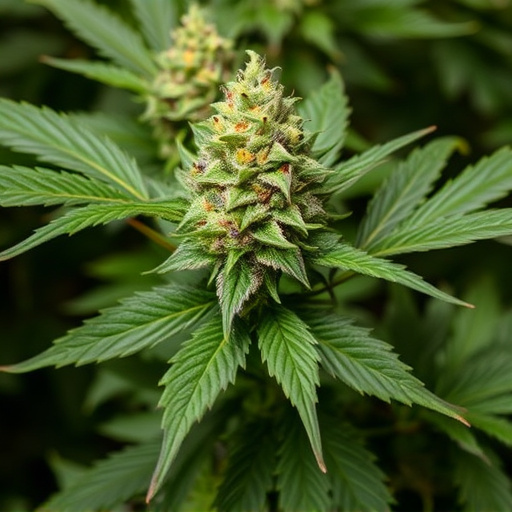
The process of curing, or drying and storing cannabis flowers over a period, is an art that can significantly impact the final product’s potency and quality. When it comes to hybrid weed strains, the effects of curing are particularly intriguing. Each strain, with its unique combination of genetic traits, reacts differently to the curing process, leading to varied outcomes in terms of THC levels, terpene profiles, and overall potency.
For example, some hybrid strains known for their high THC content can experience a slight reduction in potency after curing due to the gradual breakdown of cannabinoids. However, this process also allows for more complex flavor development as terpenes mature and interact with the cannabis molecules. Curing can bring out subtle notes in these hybrids, creating a more nuanced and aromatic final product. Conversely, strains with lower THC concentrations may see a slight increase in potency during curing, as the concentration of other cannabinoids, like CBD, remains relatively stable or even increases slightly over time. This effect can be particularly noticeable in medical cannabis varieties designed for specific therapeutic benefits.
In light of the above discussions, it’s evident that curing significantly influences cannabis flower potency, particularly for hybrid weed strains. The process enhances cannabinoid concentration and improves overall plant quality. Understanding this relationship allows cultivators to optimize their growing strategies, ensuring superior products for consumers. By carefully managing curing conditions, growers can unlock the full potential of their hybrid weed strains, delivering enhanced therapeutic benefits and a more satisfying experience.

